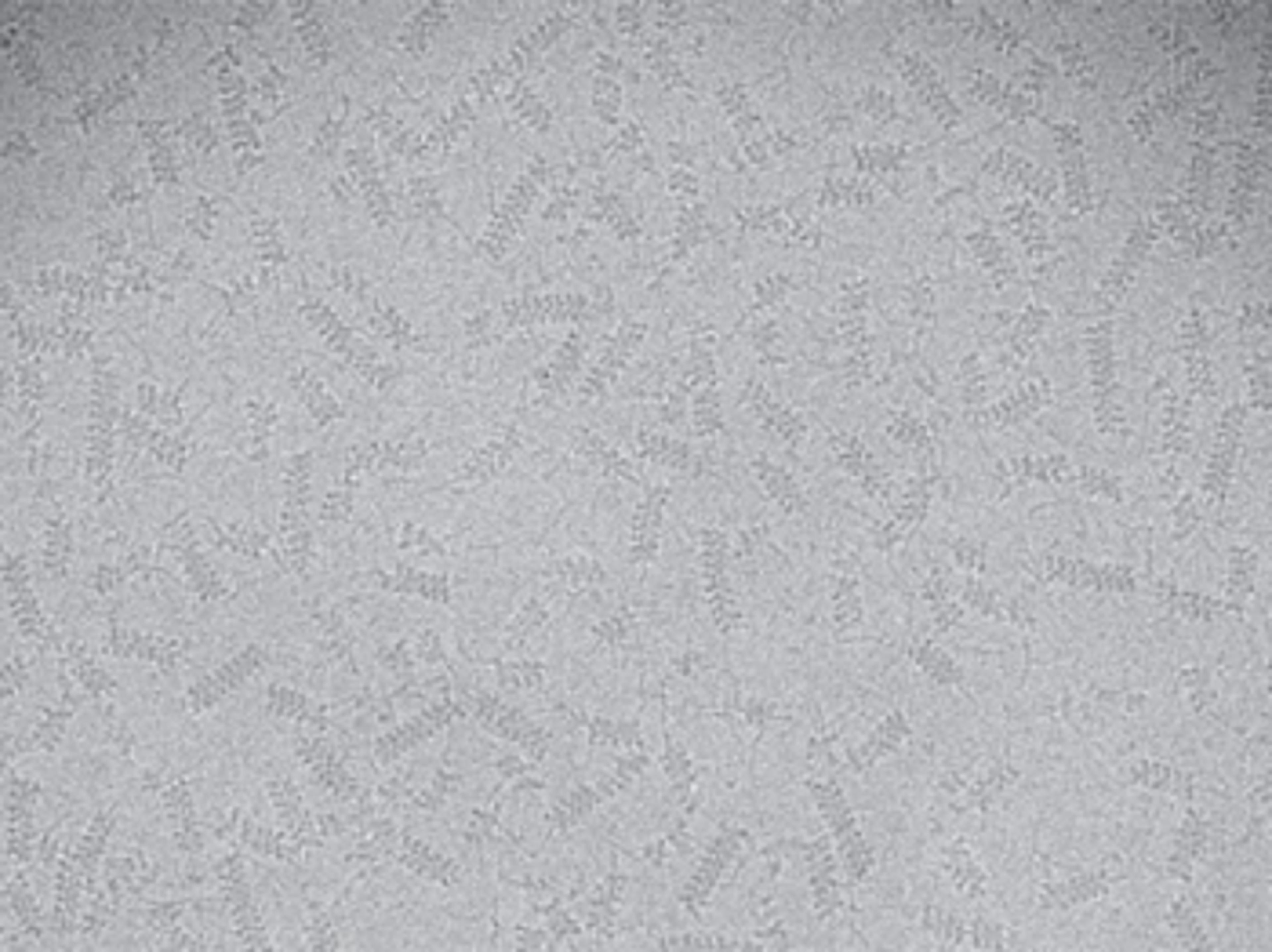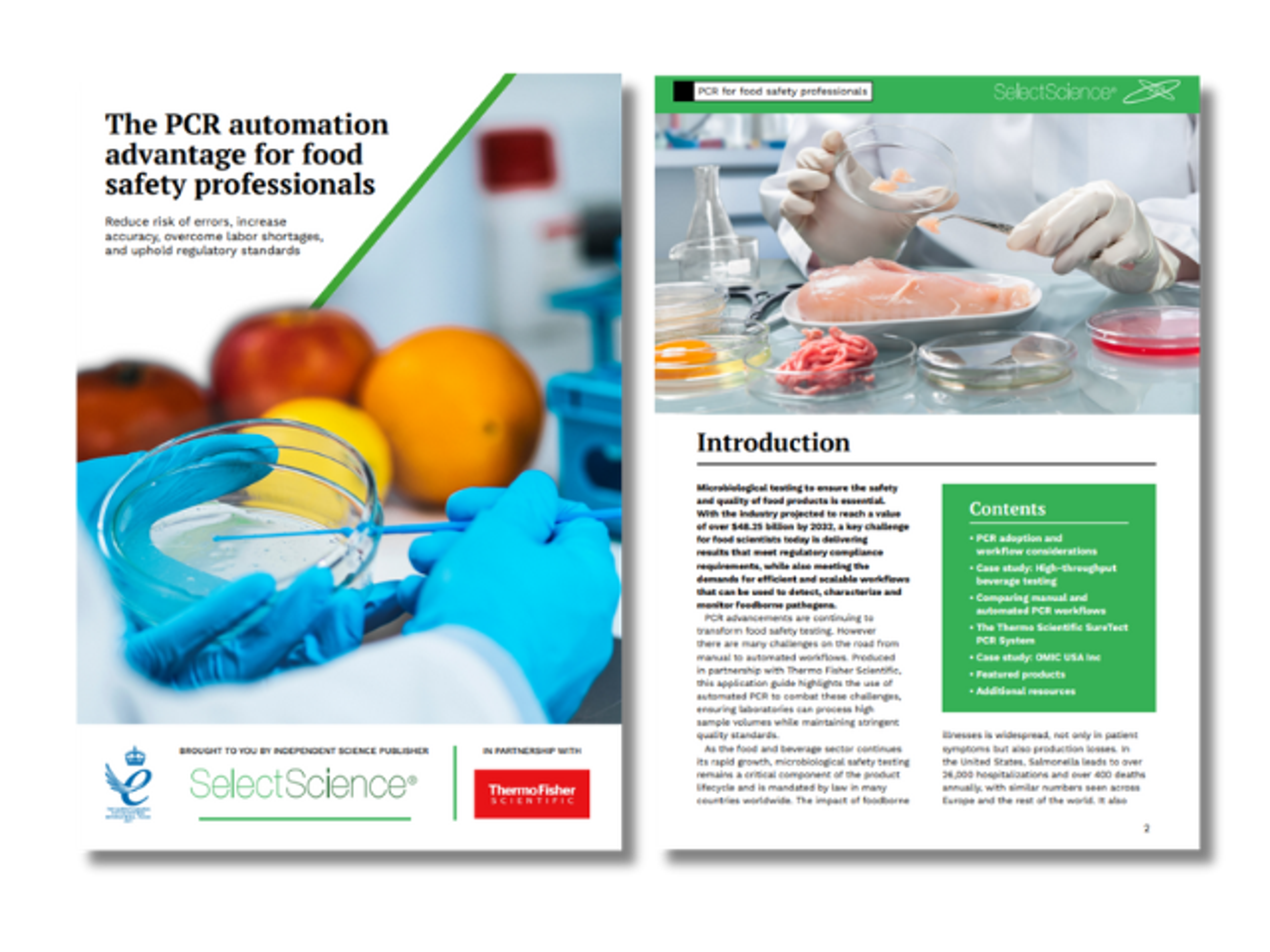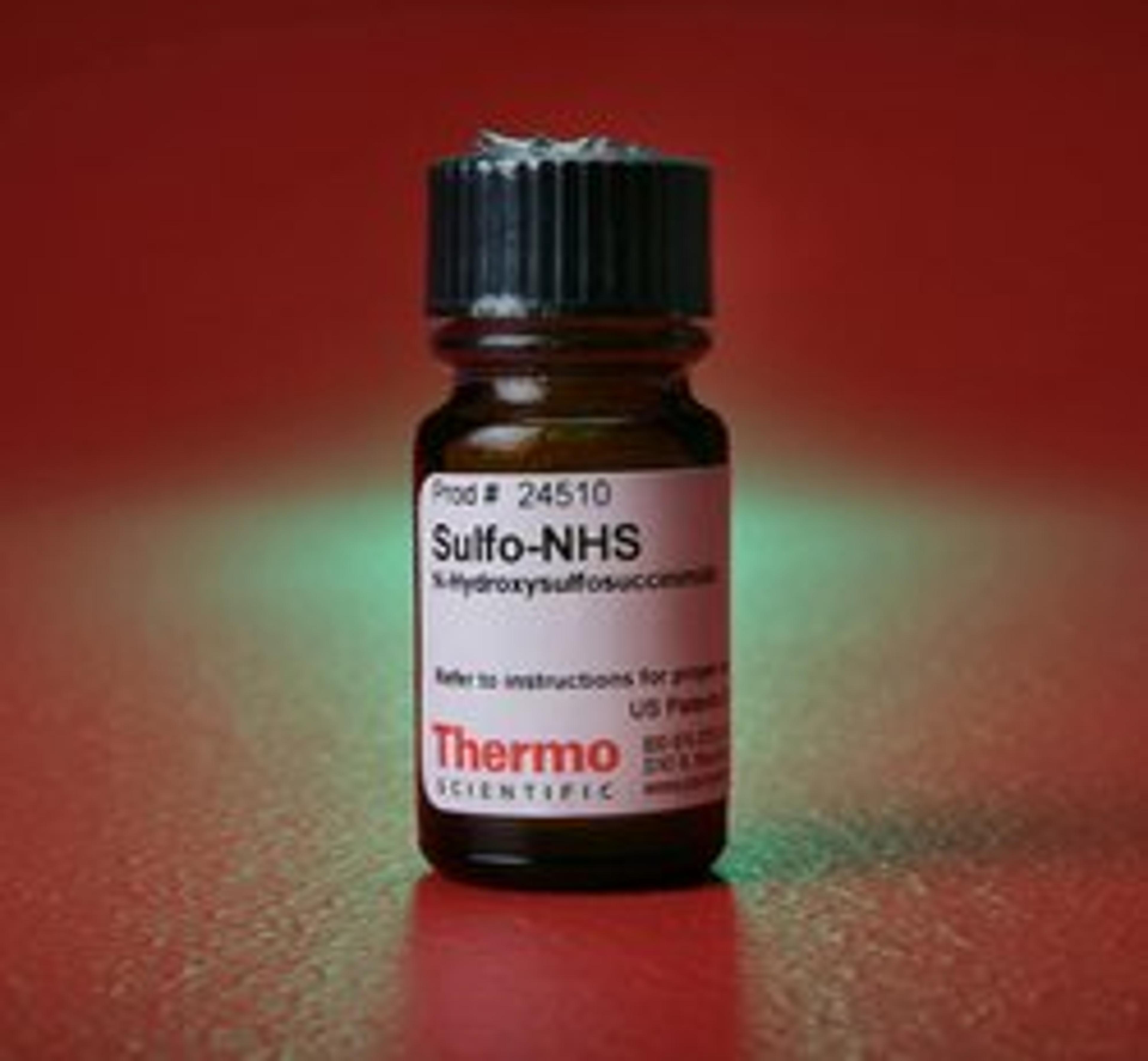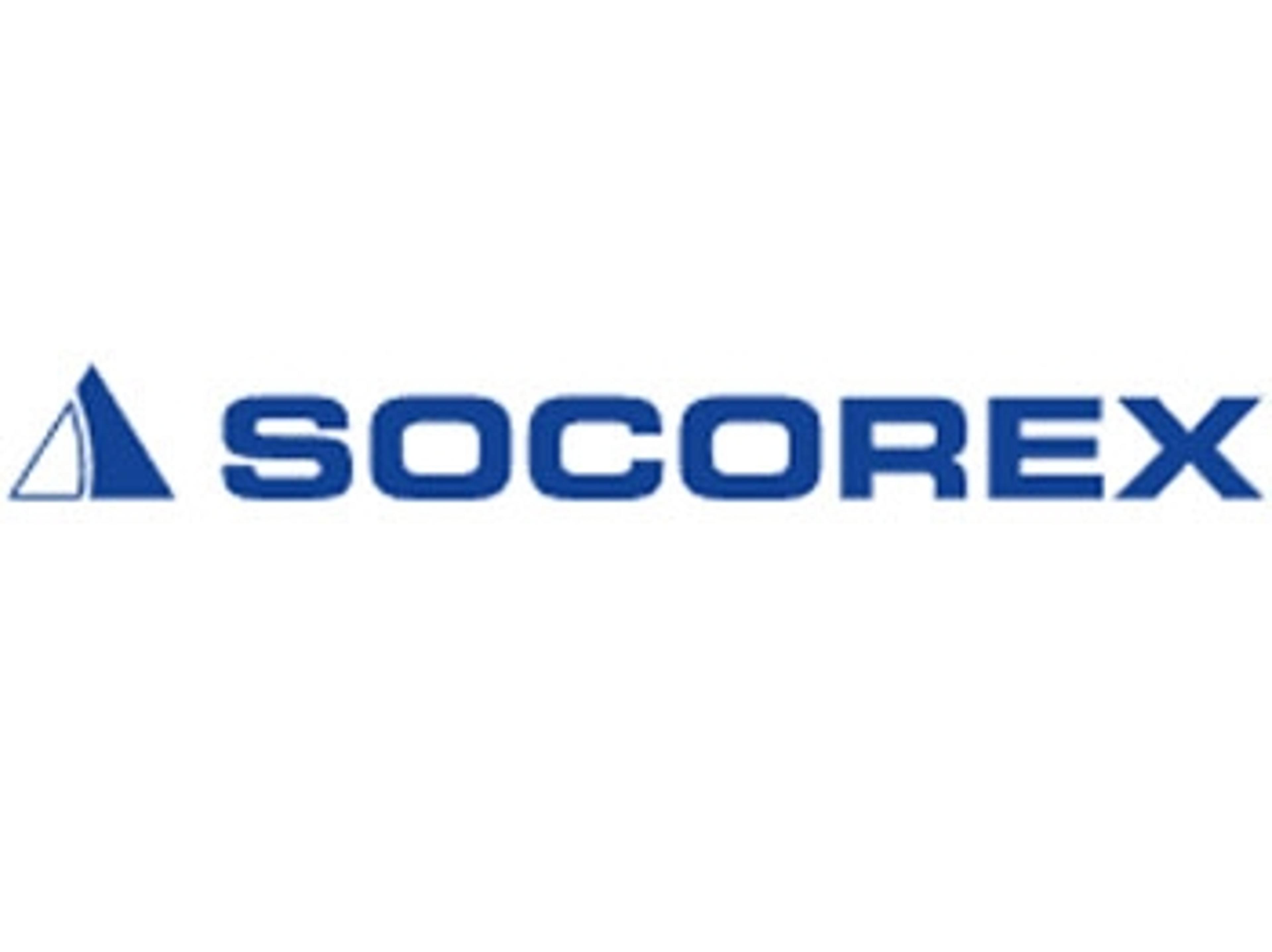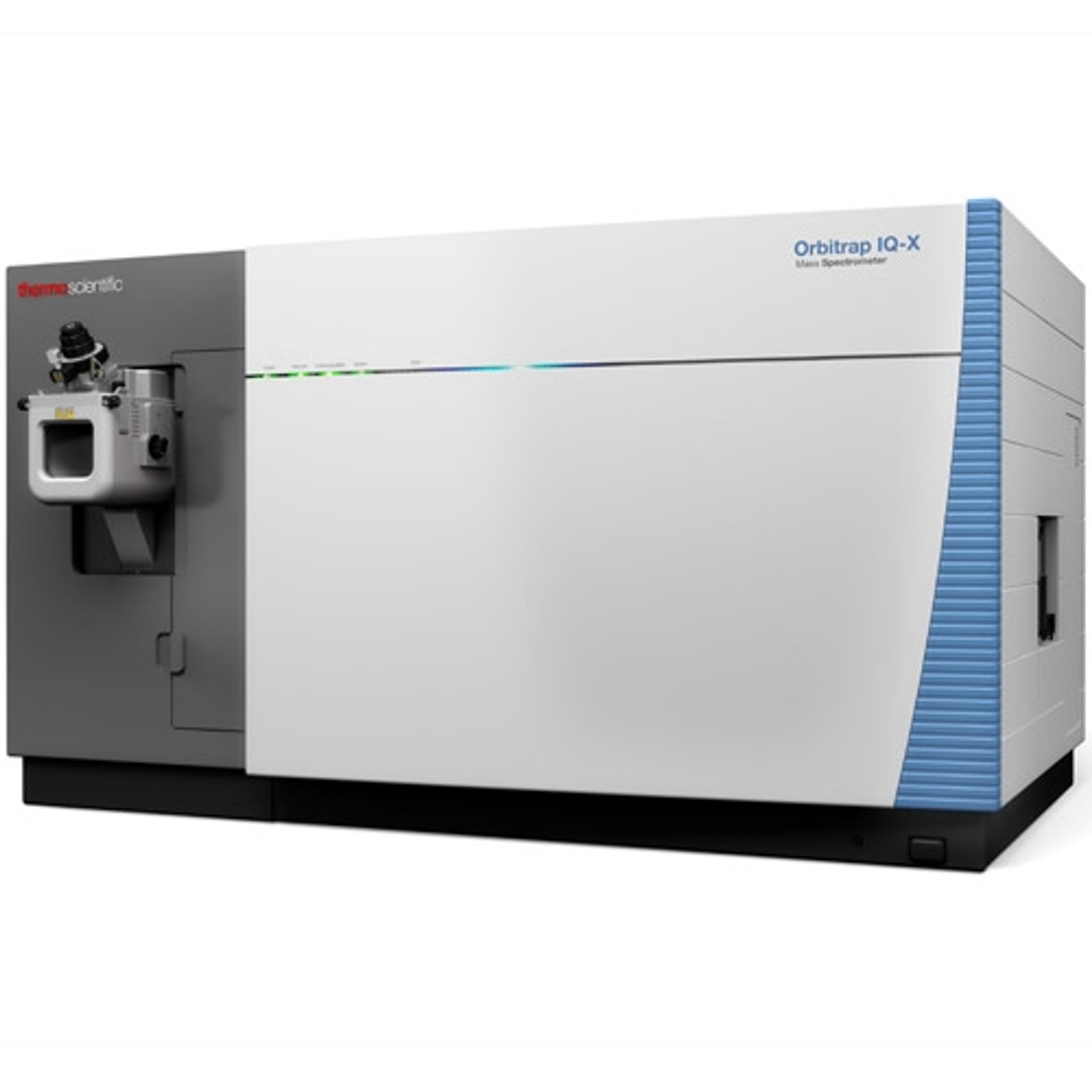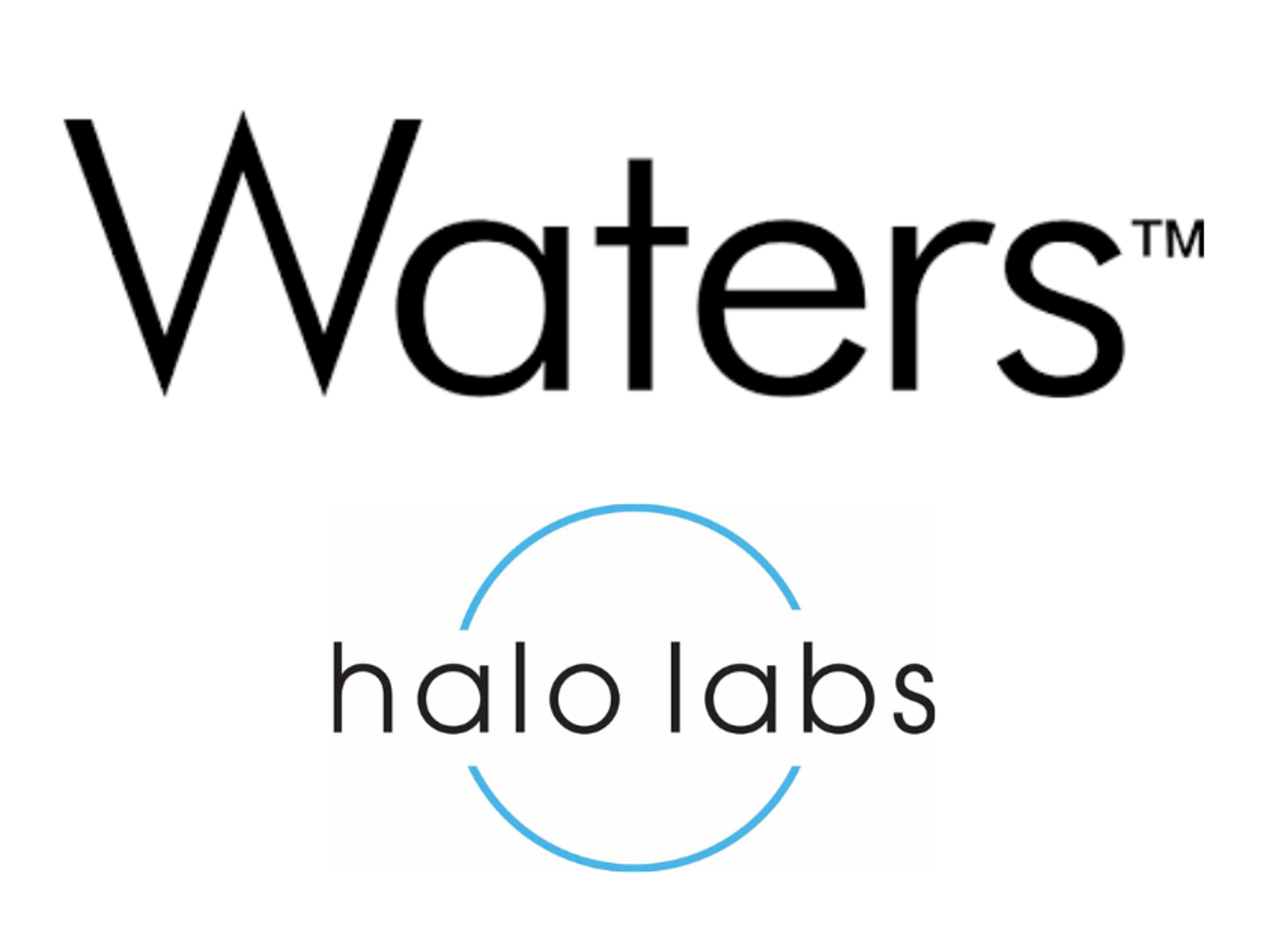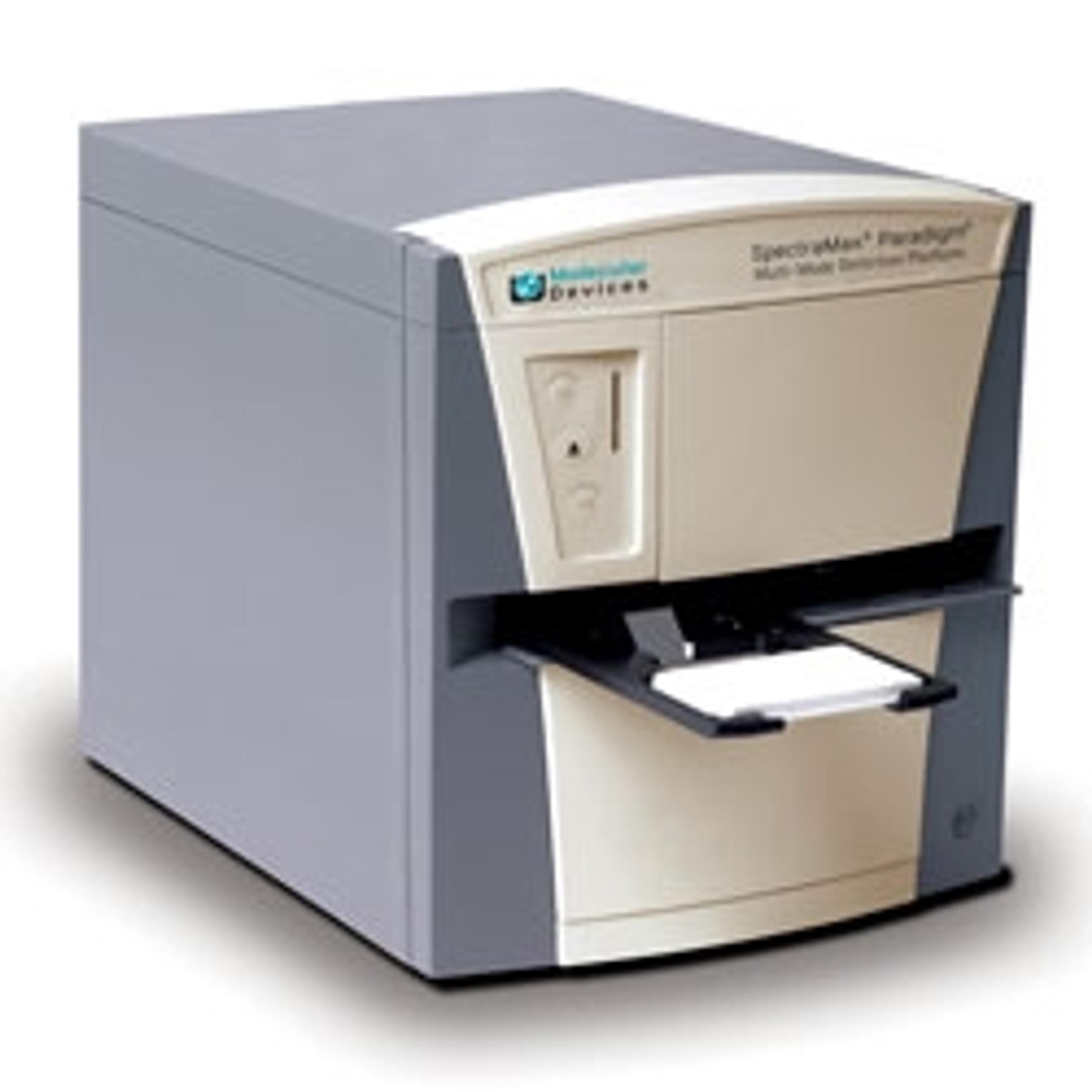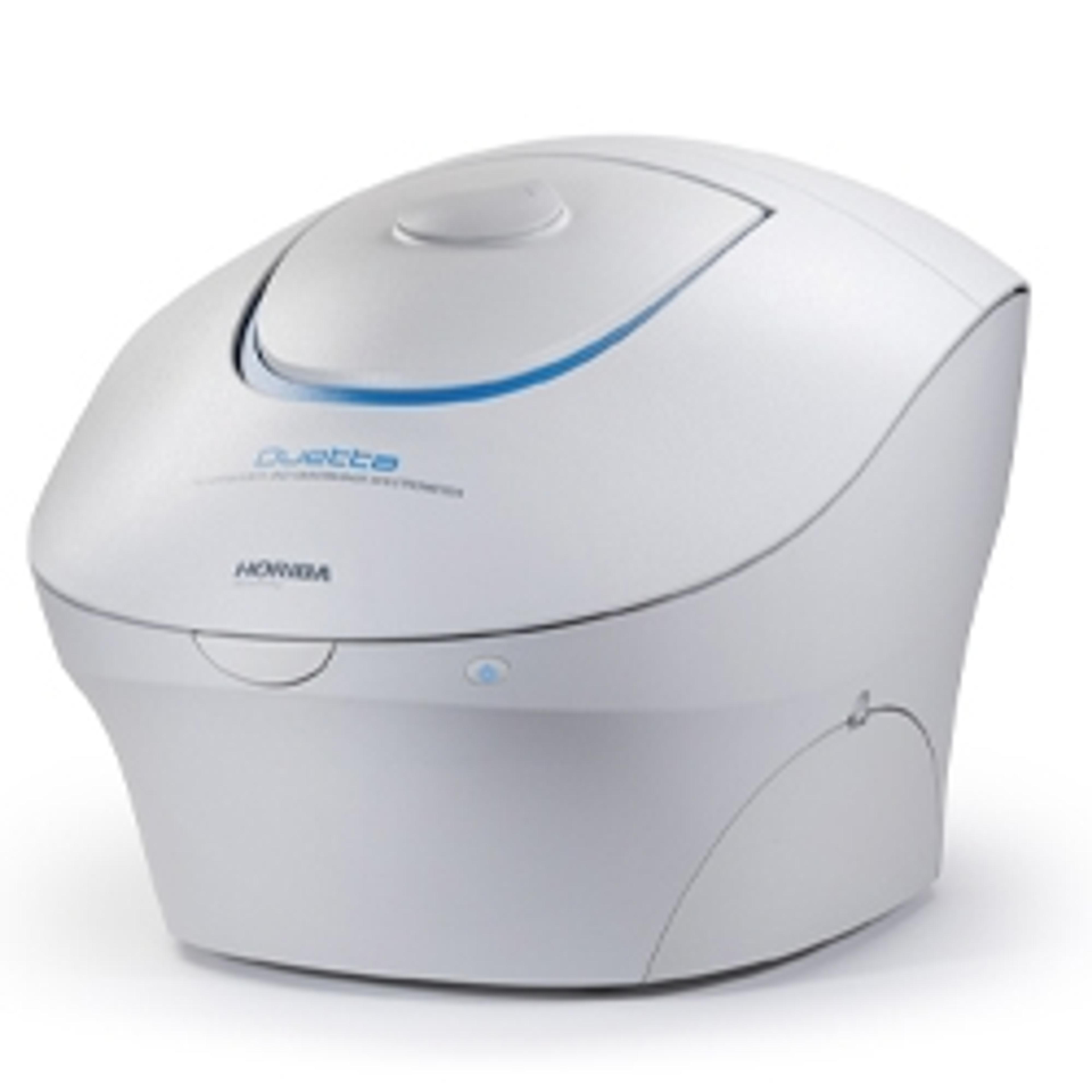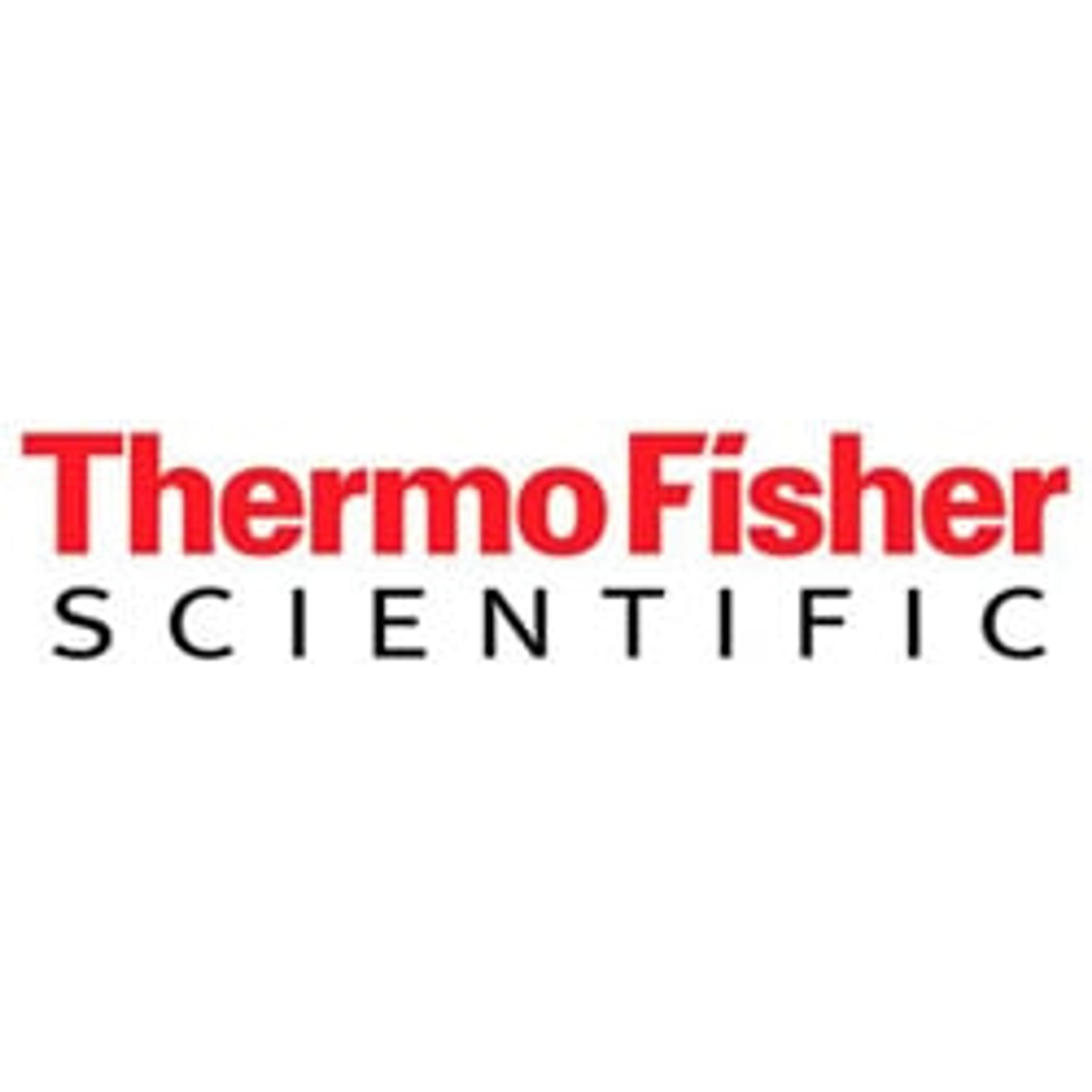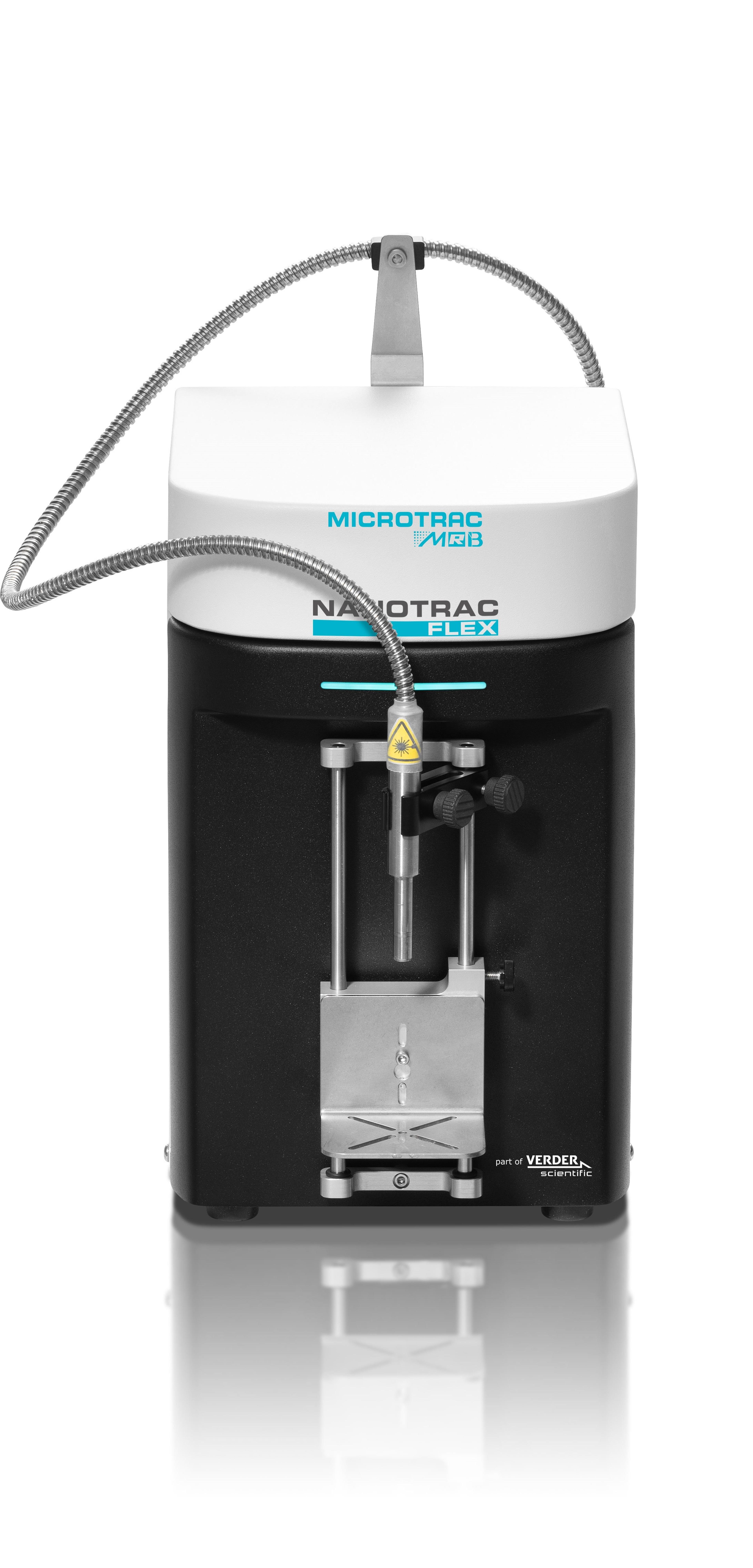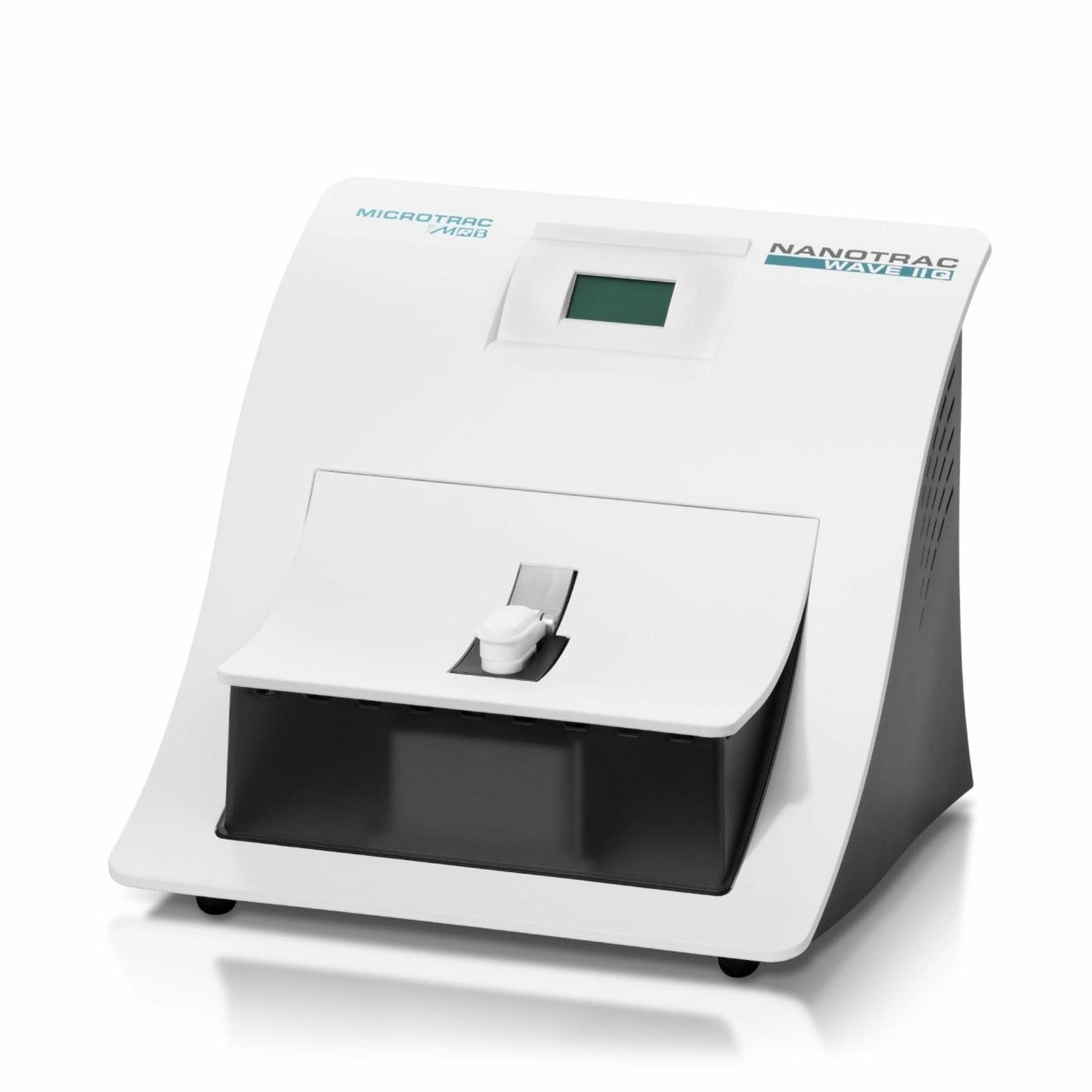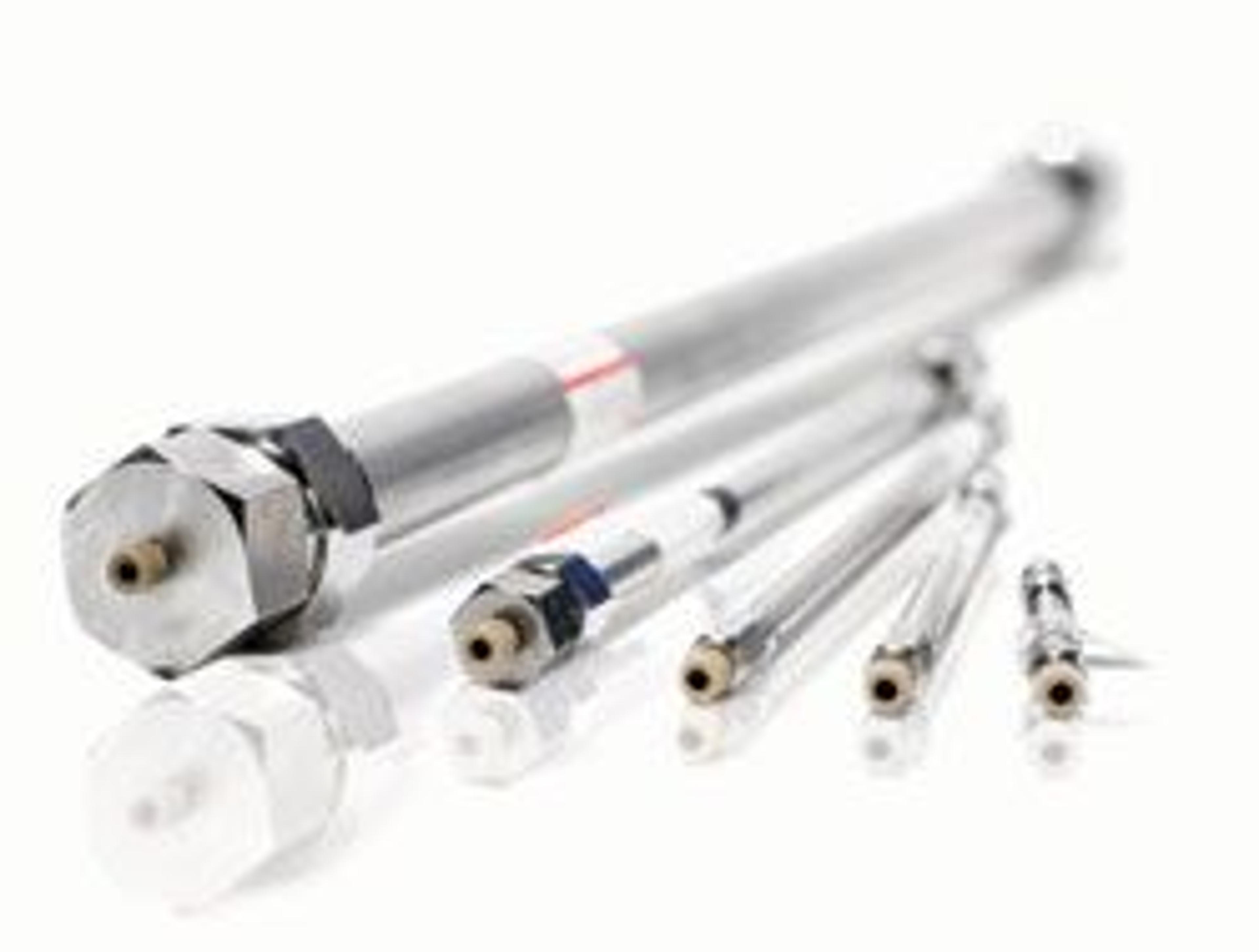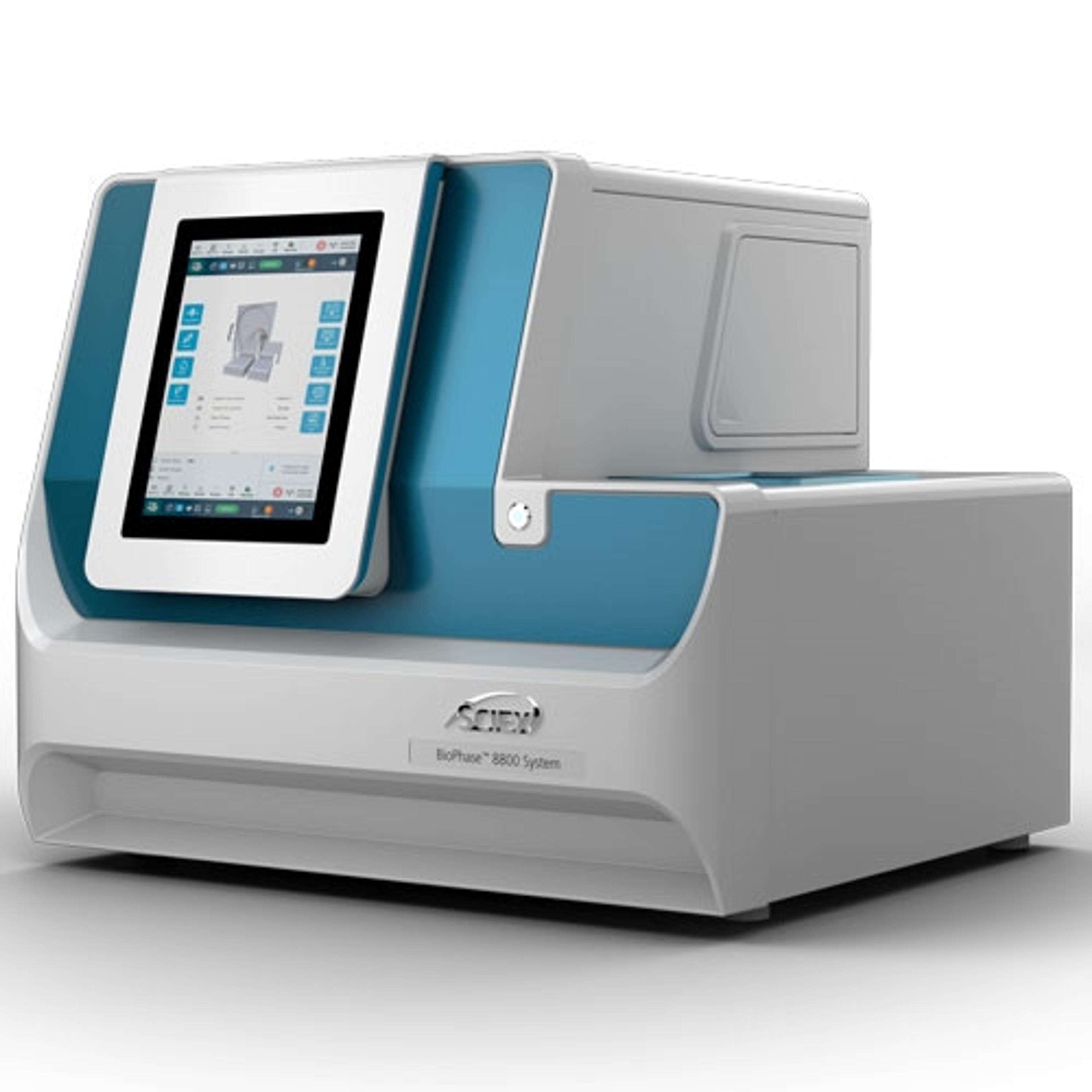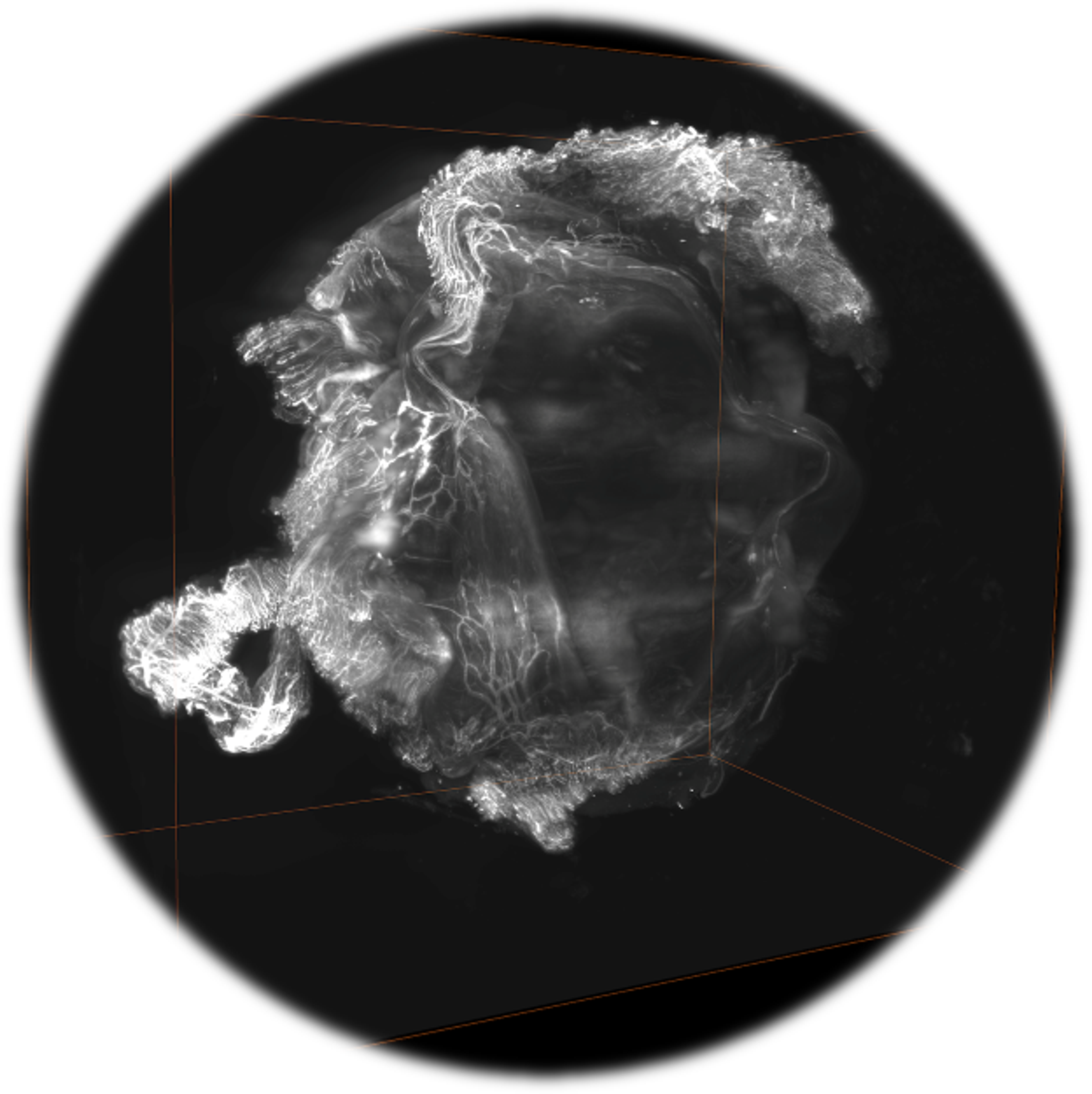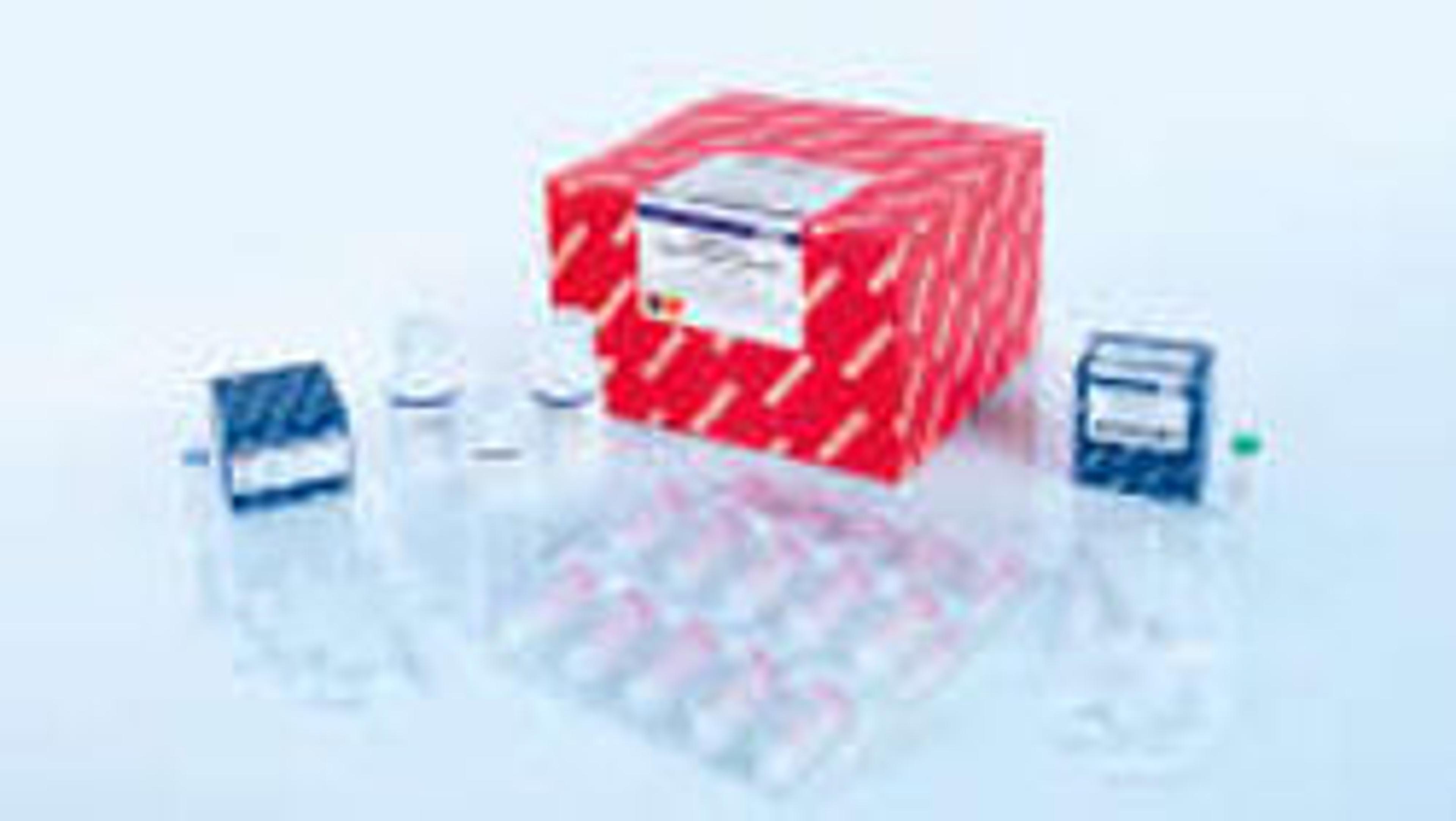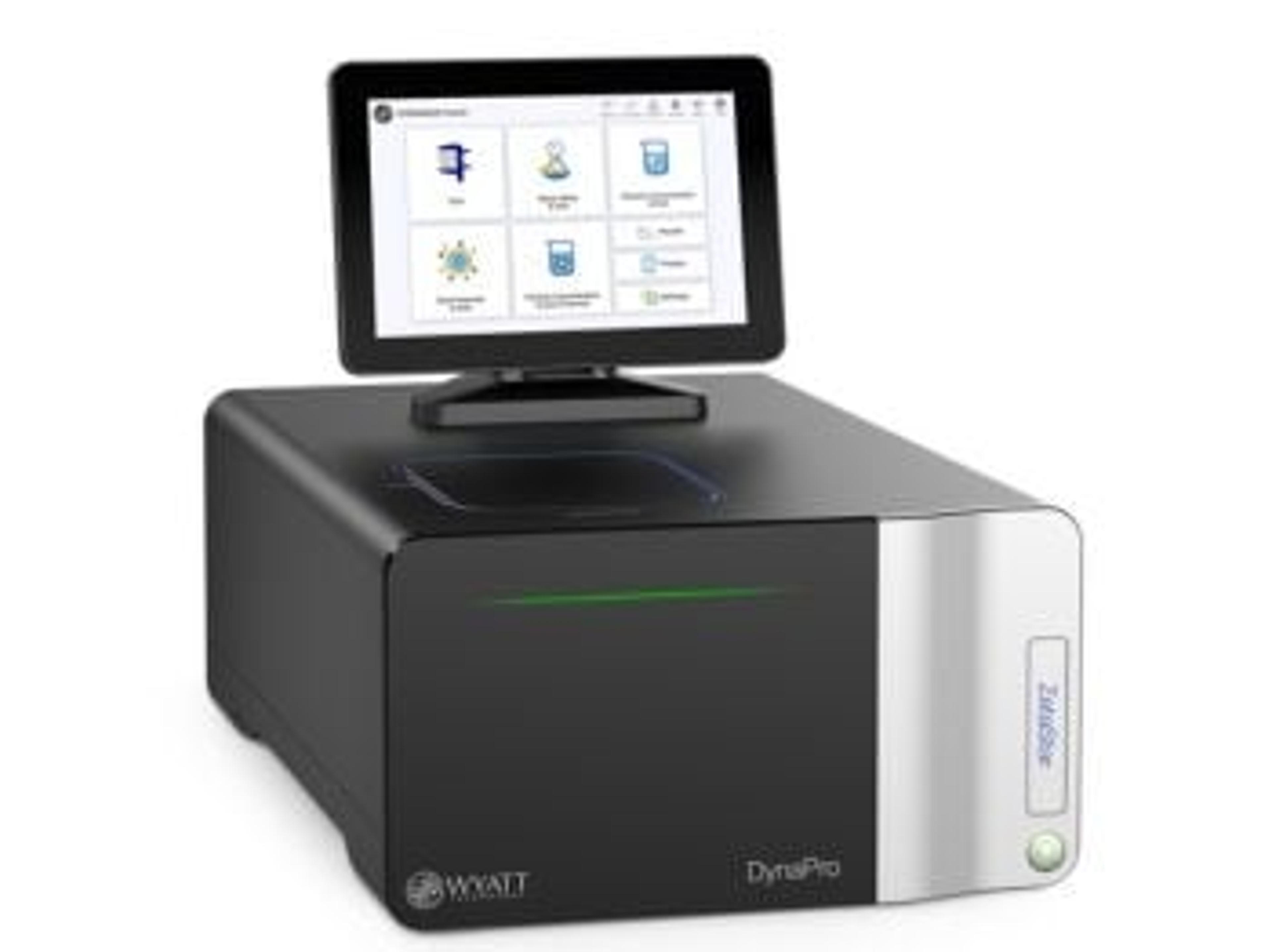Search results for "molecular microbiology"
Selected Filters:
The PCR automation advantage for food safety professionals
Thermo Scientific™ Sulfo-NHS (N-hydroxysulfosuccinimide)
Thermo Fisher ScientificPierce Sulfo-NHS is a chemical modification reagent for converting carboxyl groups to amine-reactive NHS esters for bioconjugation, crosslinking, labeling and immobilization methods.
BD BBL prepared plated media
CRP and cytobacteriological study of sputum in cystic fibrosis
Microbiological risk in complex food supply chains
Navigating the complexities of food safety in a global supply chain
Host response diagnostics gives new hope in AMR battle
Experts discuss the game-changing potential of novel host response-based diagnostics to combat the global challenge of antimicrobial resistance (AMR)
Acura manual micropipettes – Premium working comfort
Learn more about the Acura manual micropipettes from Socorex and how they are designed to provide superior working comfort and reduce the risk of repetitive strain injury
Thermo Scientific™ Orbitrap IQ-X™ Tribrid™ Mass Spectrometer
Thermo Fisher ScientificDesigned to unravel complex chemical structures
Waters acquires Halo Labs, expanding biological analysis portfolio
Waters has acquired Halo Labs™ to detect, identify, and count interfering materials (particles) in therapeutic products, such as cell, protein, and gene therapies
Navigo Proteins announces strategic R&D collaboration with SCK CEN to develop targeted radiotheranostics
New and unique opportunity to advance cancer treatment
SpectraMax® Paradigm Multi-Mode Microplate Detection Platform
Molecular Devices®High-throughput screening capability on one fast, configurable microplate reader
Gibco™ Distilled Water
Thermo Fisher ScientificThis distilled water is high-quality water for use as a solvent in the preparation of cell culture media and laboratory reagents. Available in many sizes to meet your needs.
TSKgel SuperAW series columns
Tosoh Bioscience“Allround“ SEC-columns for initial analysis of unknown samples
ELISA plates
SARSTEDT AGELISA plates with surfaces that enable consistent and reproducible binding of biomolecules
BioPhase 8800 system
SCIEXPurpose-built to target quality and efficiency, the BioPhase 8800 system enables parallel sample throughput and analysis for capillary electrophoresis characterization.
How to achieve high-quality imaging of neurological tissues
Learn how one scientist is harnessing the latest imaging technology to advance his research and generate high-resolution images of neural tissue
miRNeasy Serum/Plasma Kit (50)
QIAGENFor purification of cell-free total RNA, including miRNA, from animal and human plasma and serum
Spatial biology techniques in tumor microenvironment analysis
Researchers in the US are using multiplex immunofluorescence to unravel the complexities of the spatial biology within the microenvironment of brain tumors
Transforming personalized cancer care with liquid biopsies and automation
Discover how automation enhances accuracy and efficiency of liquid biopsy workflows, paving the way for advancements in personalized medicine and improved patient care
Technological advancements fuel reliable nanoparticle characterization
Specialists explore the importance of effective and dependable product characterization in the development and formulation of nanoparticles

